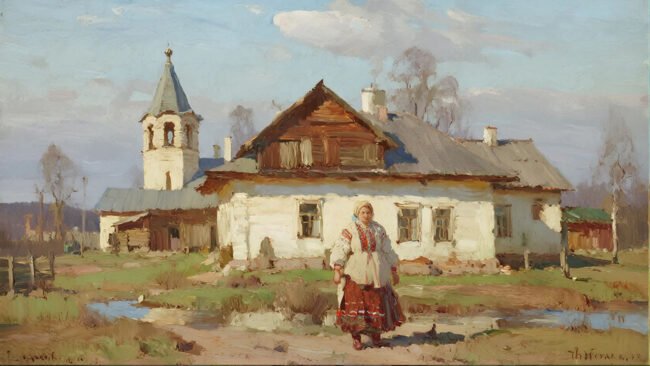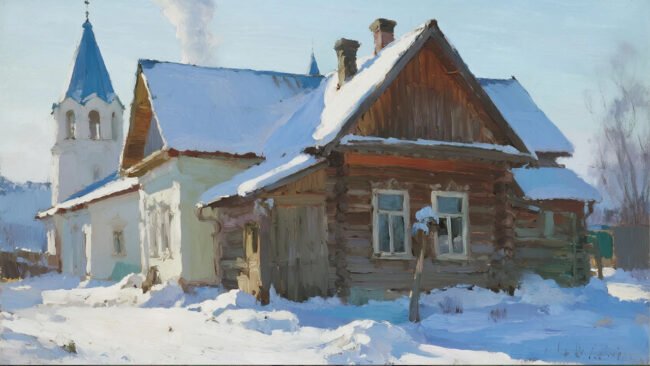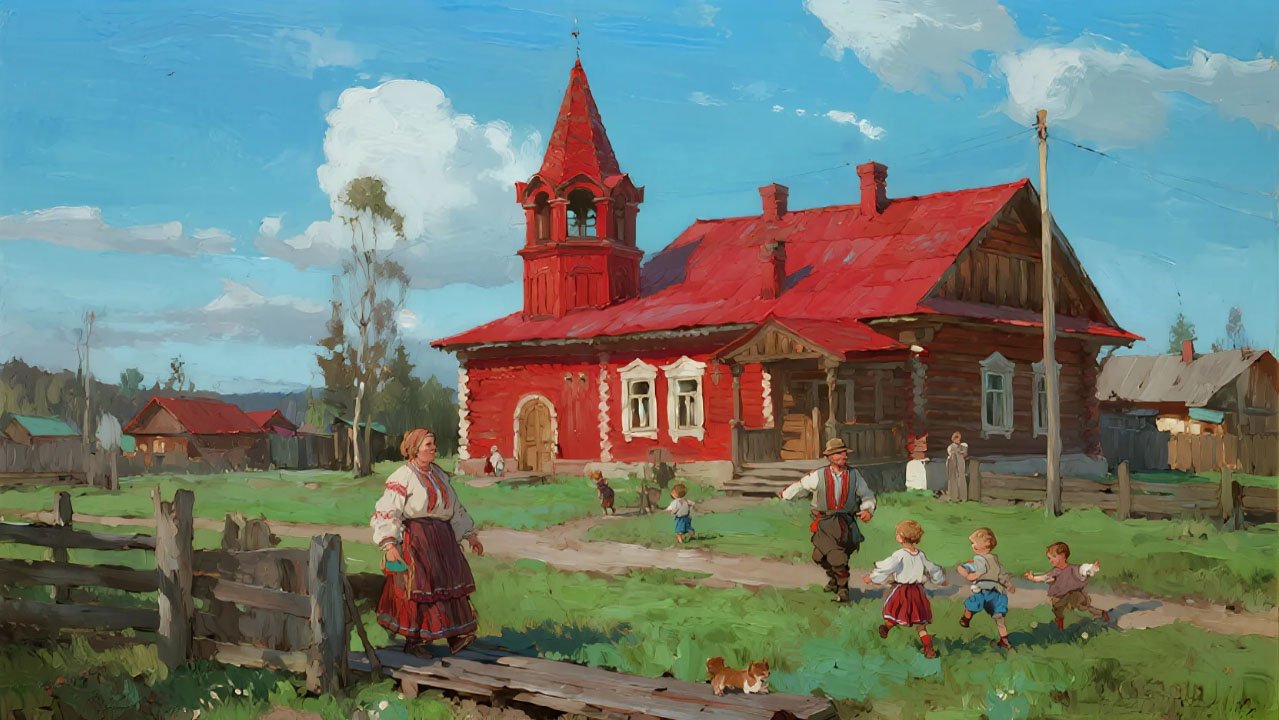A Unique Borderland Community In Sunke County, Heilongjiang, lies China’s first Russian ethnic village. This place sits right beside the Russia-Ch
A Unique Borderland Community
In Sunke County, Heilongjiang, lies China’s first Russian ethnic village. This place sits right beside the Russia-China border. The Amur River separates the village from Russia. Many residents are of Russian descent. However, they speak fluent Northeastern Chinese dialect. Their lives blend Russian heritage with Chinese culture. Thus, this village offers a fascinating glimpse into a unique community.
A Scenic Drive Along the Border
We drove over 300 kilometers along the border. The journey revealed the lives of the Russian ethnic minority. The village, built along the river, faces Russia directly. Meanwhile, a main road runs through its center. Buildings feature subtle Russian-style architecture. Moreover, a central square hosts a Russian restaurant and a museum, showcasing local culture.

A Museum of Russian-Chinese Heritage
The village’s museum highlights the Russian ethnic group’s history. It’s one of China’s 56 ethnic minorities. Displays show their lifestyle in Sunke County. For example, many residents descend from Russians who settled here. During the mid-20th century, China and the Soviet Union had friendly ties. Thus, people moved freely across the border. Today, few speak Russian fluently, mostly those over 90.
A Blend of Cultures at Home
Local homes reflect a mix of cultures. The government funded Russian-style facades, but residents own the houses. One villager, with Russian grandparents, shared her story. Her blue eyes and curly hair hint at her heritage. However, she speaks with a thick Northeastern accent. She loves bread and fish roe, not rice. This fusion of Russian and Chinese lifestyles is striking.
Daily Life and Local Pride
Residents take pride in their Chinese life. They receive border subsidies of about 3,000 yuan per person yearly. A family of three earns nearly 10,000 yuan. Meanwhile, they view Russia, just across the river, as less developed. For instance, nearby Russian towns like Blagoveshchensk seem run-down. In contrast, Chinese cities like Harbin boast modern infrastructure. Thus, locals feel their lives are better.

Russian Flavors in the Village
The village’s Russian restaurant offers authentic dishes. A 28-yuan kebab is juicy and flavorful. Another dish, with raw egg yolk and condensed milk, tastes sweet. Moreover, dining here follows Russian customs. Guests must hang coats to ensure safety. The meal for two cost 84 yuan. This culinary experience highlights the village’s unique cultural blend.
Challenges of Rural Border Life
Sunke County’s main town has schools and modern facilities. However, the village itself lacks them. Children attend school elsewhere, often in cities. Winters here are harsh, reaching minus 46–47°C. Consequently, many villagers leave during the snowy months. Summers are for farming corn on their 20-acre plots. Thus, life here follows a seasonal rhythm.
Exploring the Hu Huanyong Line
Driving northwest, we passed the Hu Huanyong Line monument. This 1935 geographical divide, from Heilongjiang to Yunnan, separates China’s populated southeast from the sparse northwest. Beyond the line, villages thin out. Mobile signals often vanish. Meanwhile, the road, damaged by frozen soil, is tough to navigate. Yet, infrastructure like 5G towers shows China’s development reach.
The Eighty-Mile Bend: A Natural Wonder
We reached the Eighty-Mile Bend, a scenic spot in Huma County. The Amur River forms a unique loop here, resembling a Taiji symbol. A tower offers views of the river and distant Russian villages. Despite its remote location, the area has free Wi-Fi. Locals offer fresh birch sap, a mildly sweet drink. Thus, this spot blends nature and culture.
Life in a Remote Border Village
At Jiangwan Village, deep in the border’s “knot,” life is quiet. Only 70 residents remain, mostly farmers. There’s no school, so children study in cities. A local firefighter, a retiree, oversees the village. Winters drive most residents away due to snow. However, the village boasts 5G and smooth roads. This shows China’s investment in even its remotest areas.
Join the Borderland Journey
Curious about this unique village? Explore more at allwinchina.org/portfolio or share your thoughts on X with #BorderVillageVibes. Contact us at culture@allwinchina.org to suggest ideas or join discussions. This journey, updated at 06:45 AM PDT, September 3, 2025, grows with your input. What fascinates you about this Russian-Chinese community? Share below and let’s connect!



COMMENTS